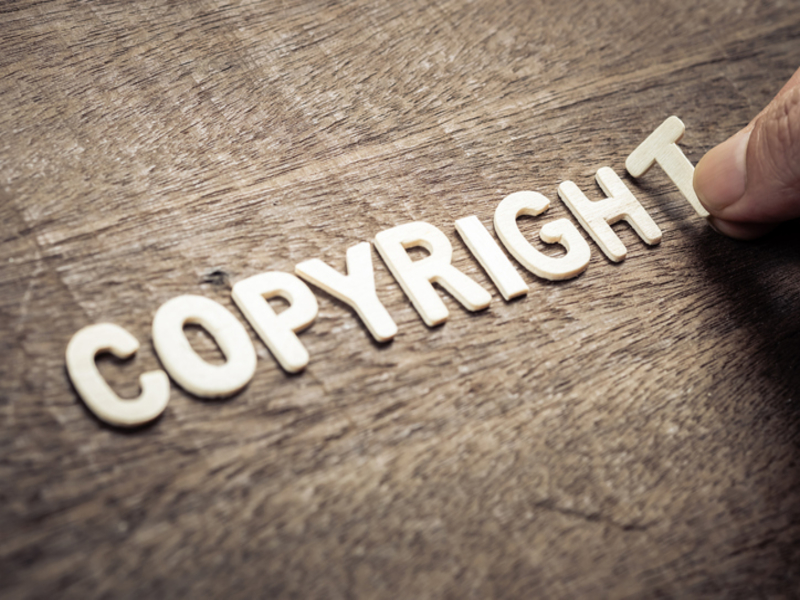Copyright law is designed to protect the rights of creators by preventing others from copying or using their work without permission. However, there are situations where using copyrighted material without permission is allowed under the doctrine of fair use. Fair use is a legal principle that allows the limited use of copyrighted material without permission for specific purposes, such as criticism, commentary, news reporting, teaching, scholarship, or research.

Fair use is not an absolute right, and it is not a blanket exemption from copyright law. Rather, it is a limited exception to copyright law that must be evaluated on a case-by-case basis. When determining whether a particular use of copyrighted material is fair use, courts typically consider four factors:
The purpose and character of the use: This factor looks at whether the use is transformative, meaning whether it adds something new or changes the original work in some way. Uses that are transformative are more likely to be considered fair use than those that are not.
The nature of the copyrighted work: This factor looks at the type of work that is being used. Works that are more creative or original are given greater copyright protection than those that are factual or informational.
The amount and substantiality of the portion used: This factor looks at how much of the original work was used and whether the portion used was the “heart” of the work. Using a small amount of the original work is more likely to be considered fair use than using a large portion of the work.
The effect of the use on the potential market for or value of the copyrighted work: This factor looks at whether the use of the copyrighted material would harm the market or value of the original work. If the use is likely to cause harm to the market or value of the original work, it is less likely to be considered fair use.
Fair use is an important aspect of copyright law because it allows for the free exchange of ideas and promotes creativity and innovation. For example, fair use allows for parody and satire, which are important forms of social commentary and expression. It also allows for the use of copyrighted material in education, scholarship, and research, which promotes the dissemination of knowledge and advances scientific progress.
However, fair use can also be a source of conflict and controversy. Copyright owners may disagree with the interpretation of fair use and may argue that their rights have been violated. In some cases, disputes over fair use may lead to legal action.
Fair use is a limited exception to copyright law that allows for the use of copyrighted material without permission for specific purposes. When evaluating whether a particular use of copyrighted material is fair use, courts consider four factors: the purpose and character of the use, the nature of the copyrighted work, the amount and substantiality of the portion used, and the effect of the use on the potential market for or value of the copyrighted work. Fair use is an important aspect of copyright law that allows for the free exchange of ideas and promotes creativity and innovation, but it can also be a source of conflict and controversy.






Comments